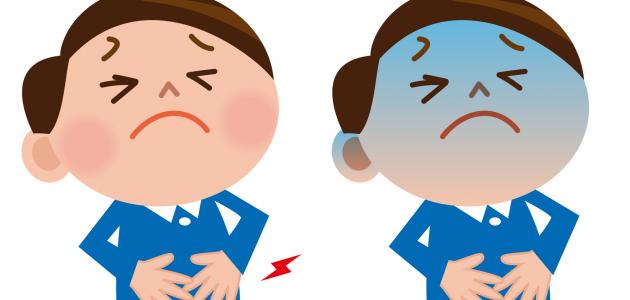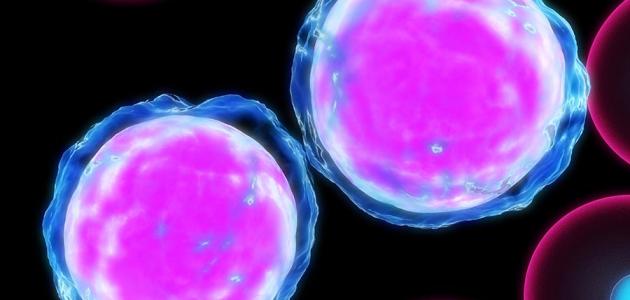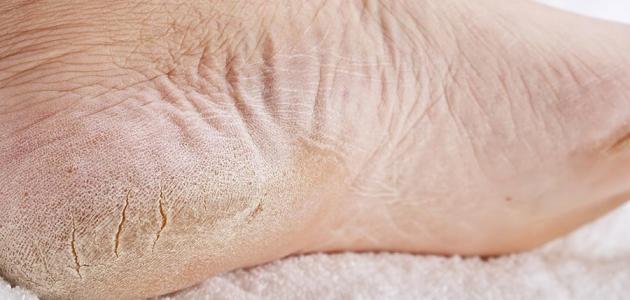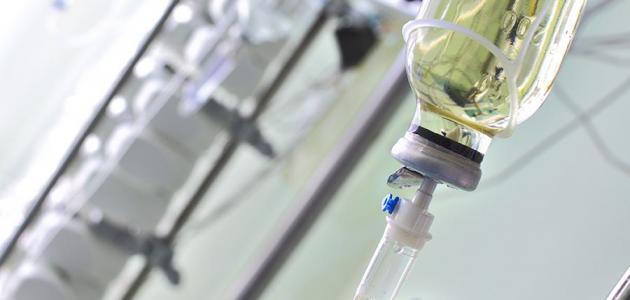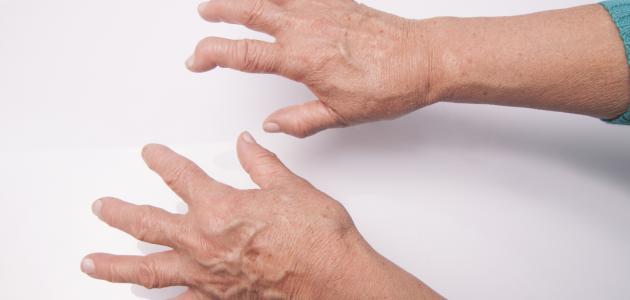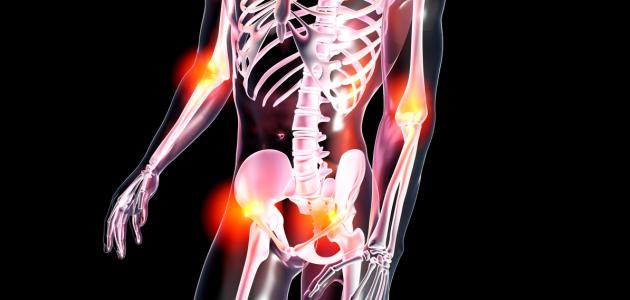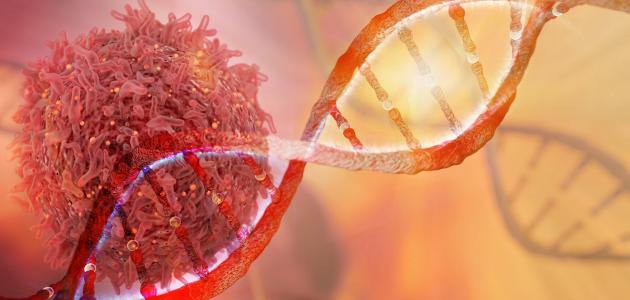Contents
Hernia
Hernia occurs when one of the internal body organs pushes through an opening in the muscles or tissues that hold this organ in place. The hernia that occurs in the abdomen is the most common case of hernia. For example, the intestine may push through an area Weak in the abdominal wall, and it is worth noting that a hernia can also occur in the upper thigh area, the navel region, or in the inguinal region, [1] and in fact the hernia itself does not cause any symptoms to appear on the patient, or it may cause pain that ranges from In its intensity between mild to severe, this pain occurs while at rest, or during certain activities such as walking or jogging. [2]
Diagnosis of hernia
Followed by a doctor to diagnose the infection Hernial several methods and procedures vary depending on the type of hernia, and these methods include: [1]
- Physical examination: it is possible for the doctor to diagnose incisional hernia or inguinal hernia by noting the presence of swelling in the abdominal or thigh area, and the doctor notes that this swelling becomes greater when coughing, Or standing, or stretching and pressing the body.
- Endoscopy or endoscopy: With this method, it is possible to detect the presence of a hiatal hernia . Where the doctor inserts a small camera connected to a tube into the esophagus, through the throat and throat, to reach the stomach. Through this camera, the doctor can see the internal stomach site.
- X-ray or X-ray: X- rays are used to detect the presence of a hiatal hernia. By taking a liquid solution that contains barium, which appears clearly in the X-ray images, the patient who will undergo x-ray imaging, enables the doctor to see the internal stomach site .
- Ultrasound: Through the use of high-frequency sound waves, through which it is possible to create an image of the internal structures in the body, as through this method it is possible to detect the presence of an umbilical hernia .
Factors that increase the risk of developing a hernia
The family history of a hernia plays an important role in increasing the risk of developing it, it is possible that a child is born with a hernia, and it is also possible that a hernia develops during the different age stages of a person’s life. [2] In fact, the actual causes that lead to infection are different types The different hernias are limited to the presence of stress or pressure on the body, accompanied by the presence of an opening or a weak area in the same area, as this pressure may cause an internal organ to rush through this weak area, [3] It is worth noting that any situation that increases pressure Falling in the abdominal cavity may contribute to a hernia, and among these cases the following: [2]
- Suffering from obesity .
- Heavy lifting.
- Infection cough .
- Exerting effort during bowel movements or urination.
- Incidence of lung disease and chronic.
- Fluid accumulation in the abdominal cavity.
Types of hernia
There are several types of hernia that differ according to the site of their formation, and among these types are the following: [4]
- Inguinal hernia: It is the most common type of hernia, and it affects more men than women, and it occurs when fat tissue or part of the intestine penetrates the inguinal area. It is the area between the abdomen and the thigh.
- Femoral hernias: The femoral hernia is one of the less common types compared to the inguinal hernia, and it affects more women than men, and it also occurs when a part of the intestine or fatty tissue is pushed out, penetrating the inguinal area.
- Umbilical hernia: It is one of the types of hernia that affects infants, as it occurs because the umbilical area does not close well after birth , and therefore part of the intestine or fatty tissue may push through this opening, and it is also possible that an adult umbilical hernia affects due to the repeated pressure applied. On the abdominal area.
- Hiatal hernia: This type of hernia occurs when a part of the stomach is pushed towards the chest, to penetrate an opening in the diaphragm , which may cause suffering from heartburn, and this is due to the weakness of the diaphragm muscles with age, and the tension on the abdomen and pressure on it may It causes this type of hernia.
- Incisional hernias: This type of hernia occurs when tissues are pushed through unhealed surgical wounds in the abdomen.
- Muscle hernias: This type of hernia occurs when a portion of muscle tissue is pushed and penetrated into the abdomen, and it may also occur in the muscles of the legs, as a result of sports injuries.
Hernia treatment
After diagnosing a hernia infection, the doctor may treat the hernia through a surgical intervention, depending on the type of hernia , its components, the severity of the symptoms appearing on the patient, and their effect on his daily activities, and in fact there are two surgeries, one of which can be performed to treat the hernia, and they are: (4) ]
- Open surgery: the surgeon makes one incision, which allows him to return the part of the implant to its natural place inside the abdomen.
- Laparoscopy ; It is one of the difficult methods, in which the surgeon makes several small holes in the patient's body, in order to be able to insert his own tools that are used to repair the hernia.
References
- ^ A b of Carmella Wint, Valencia 's Higuera (3-8-2017), "Hernia" , Www.healthline.com , Retrieved 5-5-2018. Edited.
- ^ A b T. Jerry R for Balentine (9-11-2017), "Hernia" , Www.emedicinehealth.com , Retrieved 5-5-2018. Edited.
- ↑ Carol DerSarkissian (22-7-2017), "Understanding Hernia - the Basics" , www.webmd.com , Retrieved 5-5-2018. Edited.
- ^ A b "Hernia" , Www.nhs.uk , 27-6-2016, Retrieved 5-5-2018. Edited.
